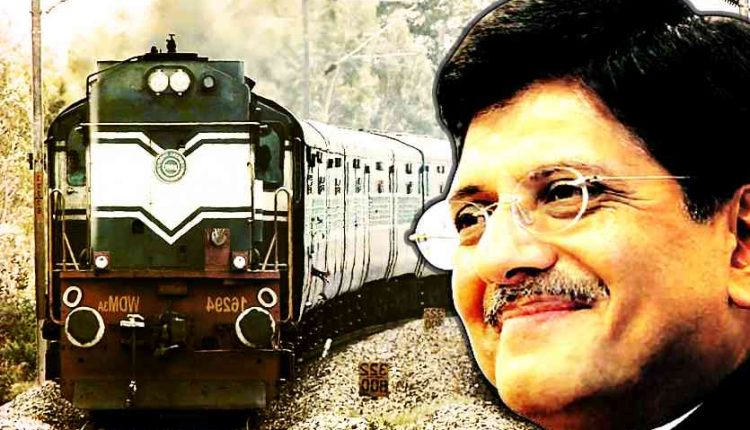
On 1st July, the Indian Railways initiated the process of privatisation of railways. Currently, the railway is the only form of transport that is a Government monopoly.
The Indian Railways invited applications from interested private entities to operate certain passenger trains using the infrastructure of railways.
The Bibek Debroy Committee constituted in the year 2014 to make recommendations to reform the Railways sector had also advocated that the private sector should be allowed to run passenger trains and freight trains in competition with the Indian Railways. The private sector is already allowed to run freight trains since April 2017.
It has to be noted that currently the three non-railways trains that are in operation (the Kashi Mahakal Express on the Varanasi-Indore route, the Lucknow-New Delhi Tejas and the Ahmedabad-Mumbai Tejas) are run by the Indian Railway Catering and Tourism Corporation (IRCTC). IRCTC is a subsidiary of Indian Railways, and hence this is not exactly privatisation.
The railways have now invited Request for Qualifications (RFQ) for the operation of 151 new passenger trains on over 109 routes. This initiative will bring private sector investment of about Rs.30000 crore in railways.
The RFQ is the first step of handing over certain routes to the private sector. This step will determine the capabilities (technical know-how etc) of the applicants, and after this step, they will be required to bid (submit Request for Proposal). The 109 routes have been divided into 12 clusters. The private operators will not bid on individual routes but on these clusters. The bidding criterion is the share of their gross revenues offered to the Government.
The routes, time slots, frequency of travel have been already pre-decided before bidding.
The private operators will have to pay fixed haulage charges to the Indian Railways for the use of infrastructure, energy charges on the basis of actual consumption and share of gross revenue determined in the bidding process.
The operators will have the freedom to set the fare for the customers. The private entity will be responsible for financing, procuring, operation, and maintenance of the trains. The Railways said that most of the trains will be manufactured in India under the ‘Make in India’ initiative designed for a maximum speed of 160 kmph. The trains will be modernized and it will reduce transit time.
The driver and guards to operate the trains will be appointed by the Indian railways. And, the private players will be able to provide on-board services like entertainment, food, cleanliness etc.
The concession period is 35 years. It basically means that the contract between the Railways and the private operator will be for 35 years.
Objectives of this initiative are:
- Modern trains
- Introduce modern technology to reduce maintenance
- Reduce transit time
- Enhanced safety
- Creation of jobs
- Increase the supply of railway services to meet growing demand. The Railway Board says five crore intending passengers could not be accommodated during 2019-20 for want of capacity, and there was 13.3% travel demand in excess of supply during summer and festival seasons.
Issues involved:
- The railway is an affordable means of mass transport. Passengers fear that private operators could increase railway fares. It could also create class divisions as well as in the case of schools. We have seen how rich people send their kids to private schools, while poorer people to Government schools with abysmal facilities.
- Another problem is financial viability. It will be difficult for private players to compete with the Government-run Indian Railways. This is because railways cross-subsidise the fares of passenger trains through revenues from freight trains. At an overall level, more than 50 % of the way ticket price is subsidised. The private operator will have to charge higher fares to cover its costs. This could make them uncompetitive.
- Another issue is that there is no independent regulator to deal with conflicts that might arise in the future. The Indian railways will have too much power.
All said, in principle, privatization is not bad, but several practical issues might arise while implementing this initiative. For now, the Government has allowed private entities to operate on just 5 % of the total rail network. I
[You may also read: Why India’s Power Distribution Sector Needs Reform?]
Economyria is now on Telegram. For a simplified analysis of topics related to economy/ business/ finance, subscribe to Economyria on Telegram